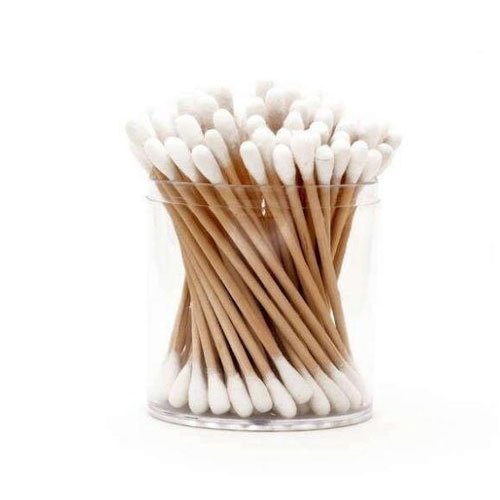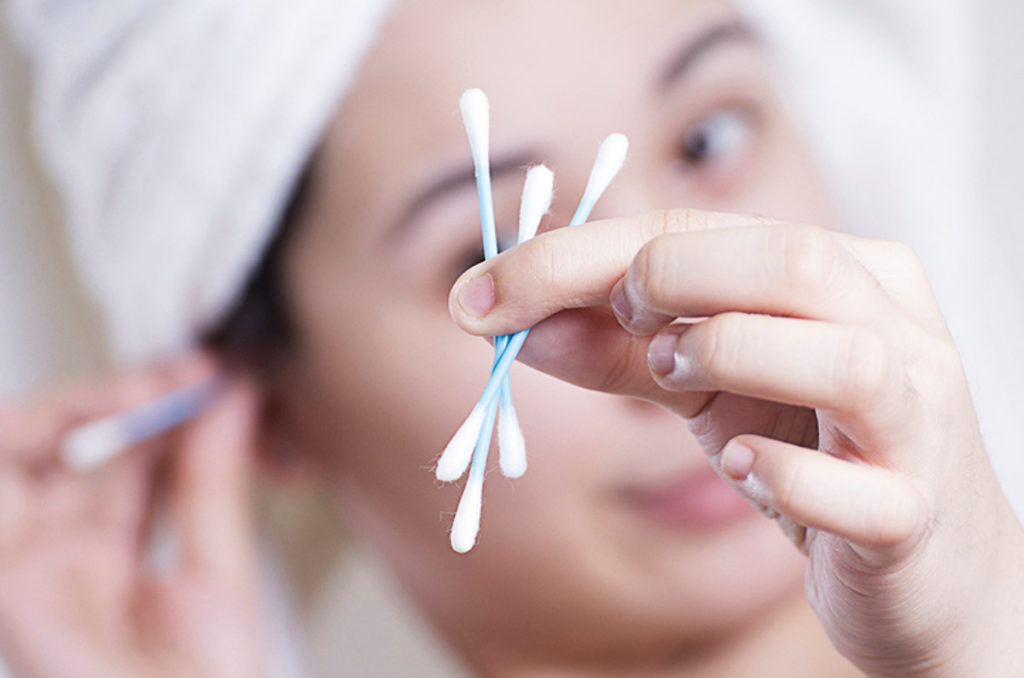Summary
– Cotton swab: the cotton swab from North America
– Cotton bud: use with care
– The different types of cotton buds
– What are the dangers of cotton buds?
The cotton swab is used for ear hygiene, to remove naturally draining earwax. However, its use requires a lot of precautions in order not to injure the ear.
Cotton swab: the cotton swab from America
The cotton swab, otherwise known as a cotton swab, was invented in the United States in 1923. When his wife used a toothpick around which she wrapped cotton to clean their baby’s ears, the American Leo Gerstenzang looked into developing a safer process.
He founded his company producing cotton buds, which he named Q-tip in 1926.
Cotton buds: to be used with care

The earwax produced in the ear canal protects the ear from dust, bacteria, and water. It should therefore not be removed at all costs.
To clean the ear, use lukewarm water, tissue, or possibly a cotton swab, following a few recommendations, so as not to injure yourself:
– The cotton swab should be used only to maintain the auricle and the external auditory canal.
– It must not be pushed into the ear canal to avoid pushing back earwax and eventually causing a blockage, and not risk piercing the eardrum by going too deep.
– To clean children’s ears, there are specially designed cotton swabs with a larger tip to prevent intrusion into the ear canal.
There are several types of cotton swabs on the market:
– The classic cotton swab: its stem is made of soft plastic, and each end is covered with a cotton ball.
– Baby cotton swabs: These are designed not to hurt toddlers’ ears. The earmolds are larger, so they don’t dig into the ear canal.
– The ecological cotton swab: its tips are made of 100% organic cotton.
– Wooden cotton swab: its stem is made of wood, and each end is covered with a cotton ball.
– The cotton swab with the cup: some brands have developed cotton swabs with a cotton tip on one side and a silicone cup on the other. This cup allows earwax to be brought back to the edge of the ear canal without the risk of creating a plug.
– The cotton swab with a pointed tip: The cotton swab with one (or two) pointed tips comes from the United States. Some brands, particularly those in the mass retail sector, have developed what they call “special make-up sticks.” These cotton swabs are not recommended for cleaning ears but are very practical for perfecting eye make-up removal and cleaning nail polish overflows.
– The colored cotton bud: black, pink, green cotton is a purely aesthetic Japanese invention. You can find them on the Internet for $3 per 100 sticks.
Note: the marketing of cotton swabs for domestic use with a plastic stem is prohibited. These small disposable cotton swabs are polluting the environment and can be dangerous for the ears. Bamboo cotton swabs, which are ecological, washable, and reusable, are also not a good idea…
What are the dangers of cotton buds?
Cotton buds are not suitable hygiene tools. “They do not solve the problem they are supposed to solve. They tend to push earwax deep into the ear and lead to earwax plugs (which can eventually lead to hearing impairment), infections and eardrum injuries”.
How often should I clean my ears?
Little advice: You should clean the ears’ entrance every 10 to 15 days maximum, no more, and that is more than enough.


